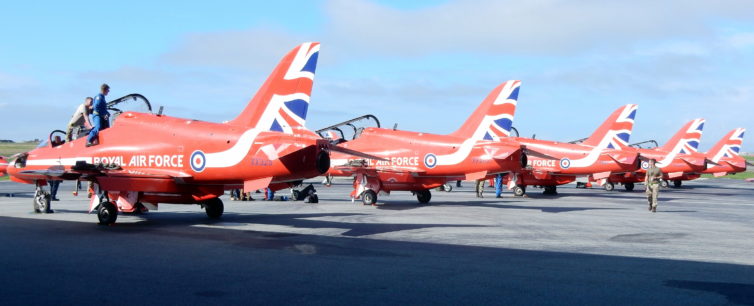
Now an Executive Officer with the Red Arrows, Squadron Leader Steve Morris has been flying with the RAF since 2002 – Photo: John Jamieson
This past September, I was fortunate enough to attend the Red Arrows’ media event in Vancouver, BC. During the event, I was given the opportunity to meet and interview Steve Morris, a senior pilot with the aerobatic team. In addition to learning about Steve’s day-to-day role with the Royal Air Force (RAF), he also talked about his career plans after aerobatics.
NOTE: In the interview, we discuss some of the team’s maneuvers and aerobatics. To provide some context, I’ll be including a few of my photos from the flypast. With a little help from the media guide, I’ve been able to identify some elements from their performance. I’ll do my best to explain the maneuvers as best that I can.
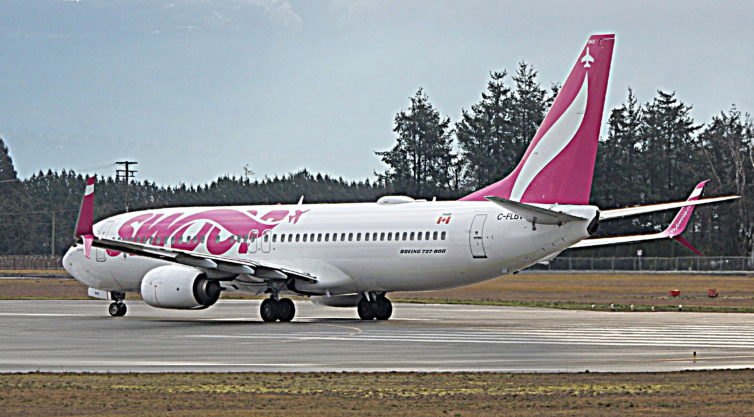
With their new low-cost subsidiary, Swoop, connecting secondary markets, WestJet is able to focus on its joint venture with Delta – Photo: John Jamieson
Some Low-Cost Context
As far as I can remember, Canadians have complained about the cost of domestic air travel. Stuck in an increasingly permanent duopoly, Air Canada and WestJet have been without significant competition for the past 15 years. When JetsGo ceased operations in 2005, the domestic market was handed over to two carriers with little interest in changing the status quo. Moreover, with the ability to control prices and adjust capacity, Canada’s two flag carriers have been able to stifle their competition. Additionally, as a result of the duopoly, the barrier to entry for new market entrants has gone up significantly.
Part of the problem lies in Canada’s geography. With a population smaller than Tokyo spread over an area larger than the United States, it’s no wonder that airlines have struggled to succeed in Canada. While there is considerable traffic between the major urban areas (Vancouver, Calgary, Toronto, and Montreal), there is very little flow between Canada’s smaller cities. This makes profitability a major struggle for new market entrants, especially when the major routes are dominated by Air Canada and WestJet.
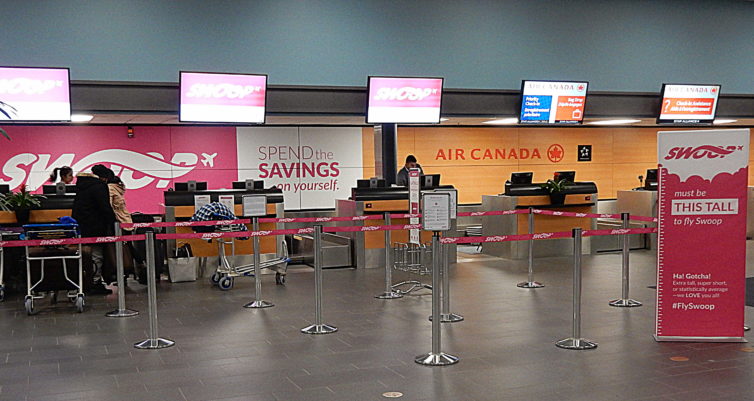
Swoop offers its customers landside check-in; however, many passengers make use of their mobile app – Photo: John Jamieson
Start of the Transition
However, things may be about to change. Three carriers (Rouge, Flair, and Swoop) are currently offering low-fare travel options and a fourth, Canada Jetlines, is on the way. Each with their own identity, the three existing carriers have thus far managed to stay afloat in Canada’s notoriously turbulent market. But for how long? That remains to be seen. With low-cost travel finally taking off, it’s worth taking a closer look at how they’ve managed to attract and maintain business. We’ll be taking a look at their origins, cost structure, and the quirks which have kept them in business and, later in my story, I’ll be including my brief interview with Swoop President Steven Greenway.
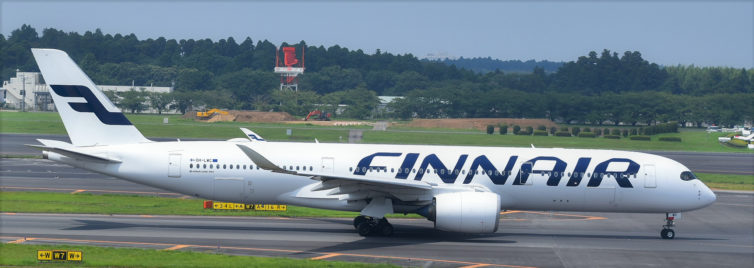
A Finnair Airbus A350-900 at Narita – Photo: Alec Wilson | FlickrCC
We love getting a glimpse behind the scenes at the people behind airline operations. So when we flew to Helsinki to learn about Finnair, we sat down for a chat with Sara Mosebar, the queen of the airline’s Airbus A350s! Well, formally her title is “A350 Program Manager.” But she may as well be aviation royalty based on her rsum. After getting her aerospace engineering degree at the University of Texas at Austin, she started her career at Boeing. And just a few years after joining Finnair’s A350 team as a Fleet Engineer, she was promoted to head the airline’s entire A350 program. It’s a big role, since the A350 is the flagship of Finnair’s long-haul fleet.
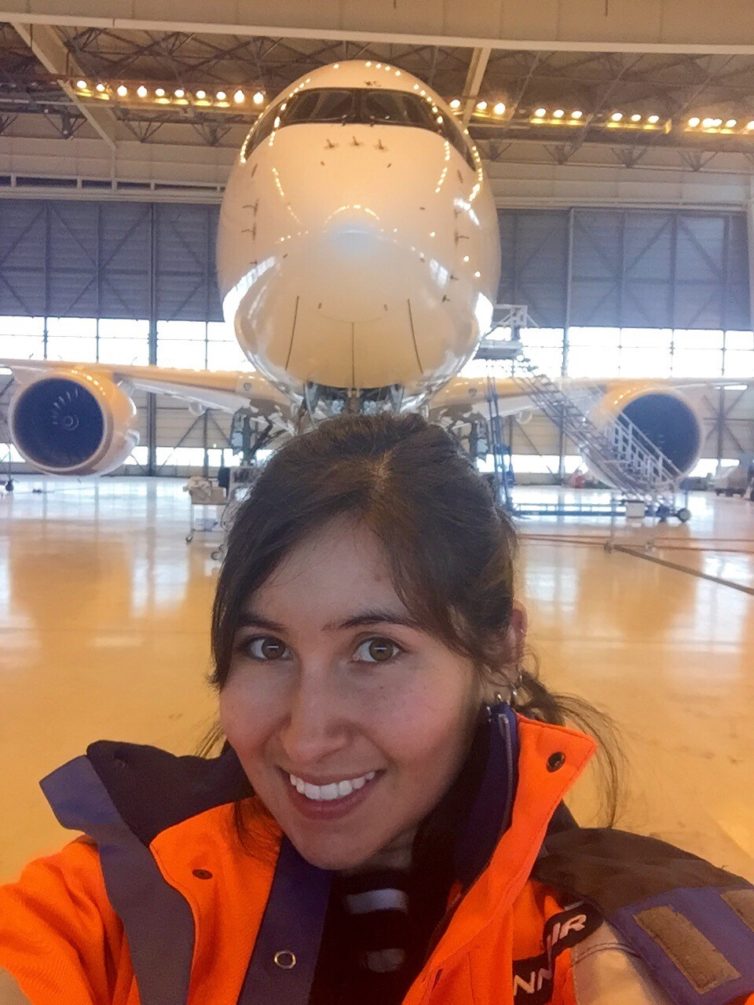
Here is Sara with one of Finnair’s A350s – Photo: Finnair
Here in part one of our interview, we discuss Sara’s responsibilities as person-in-charge of Finnair’s A350 fleet, her experience transitioning from Boeing to Airbus airplanes, and the highlights of the Finnair A350 passenger experience. We also see how her team tackled teething problems with new aircraft, as well as plans for expanding Finnair’s A350 route network. If you’re an AvGeek, consider it required reading!
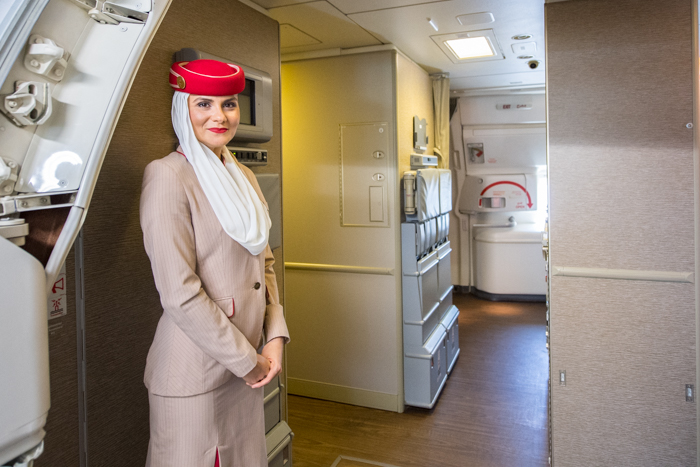
Emirates recently invited AirlineReporter for a tour of their new business class cabin in their reconfigured 777-200LR aircraft. The beautiful cabin is laid out in a 2-2-2 configuration. Fort Lauderdale is the first gateway to feature the newly refurbished aircraft. This also provided a nice setting to sit down with some of the airline’s leadership to learn more about this new product and their direction.
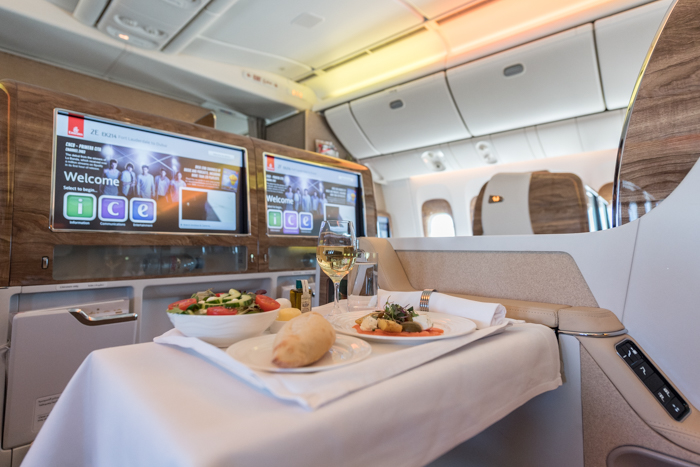
Emirates plans to invest over $150 million to refurbish their existing 10 777-200LR aircraft. The two-class configuration features 38 business class seats and 264 seats in economy class. I was excited to get on board and see for myself the changes. Although not revolutionary, they will allow Emirates to better compete.
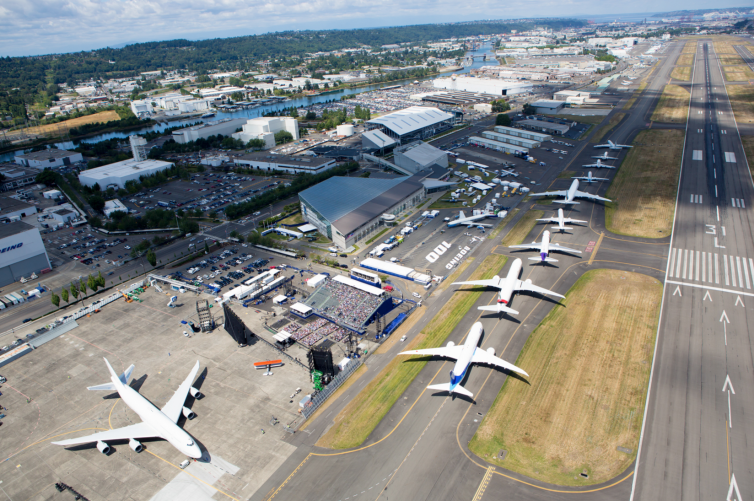
Boeing jetliners, from its first 707 to the latest 787 Dreamliner, line up along a Boeing Field taxiway in Seattle, WA on July 15, 2016 to celebrate the company’s 100th anniversary – Photo: Jeremy Dwyer-Lindgren
One of the best parts of doing this whole AirlineReporter gig is all the people that I end up meeting. Very early on I met Jeremy Dwyer-Lindgren. He was working for NYCAviation.com at the time and we were both new to the airline blogging world. He was also based in Seattle and we created a friendship and have always had a healthy competition.
It was obvious to me that Jeremy was an extremely talented photographer. Early on, I think he would agree that I often won our healthy competition, but the jealous pendulum soon swung the other direction. Soon, bigger and bigger names were looking to make use of his skills and abilities (and rightfully so). He did time as co-Editor-in-Chief with AirwaysNews (Airchive at the time) and was getting more and more freelance work — including USA Today. He has taken photos of some amazing airline-related events and some non-aviation stuff too (including the Super Bowl). He even took the photo that I am currently using on my author profile and Twitter account (while we were in Houston).
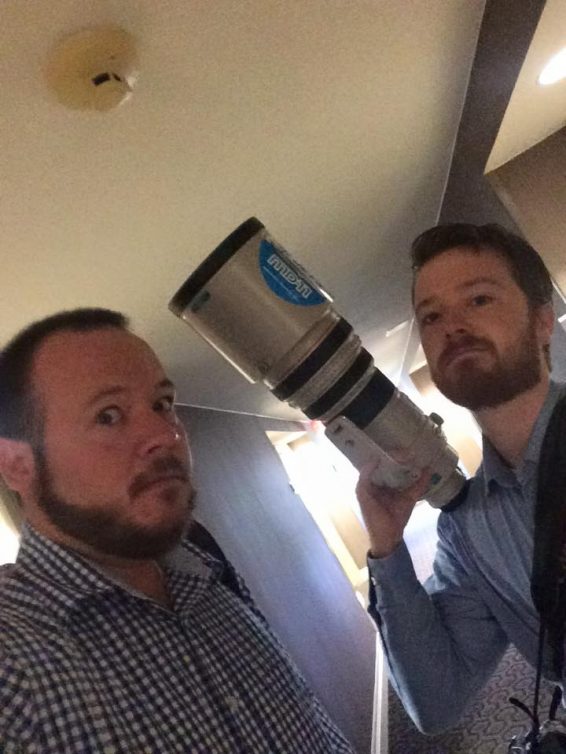
Jeremy and me getting down to business in Houston… kind of.
Going from being an AvGeek with a camera to one heck of an amazing photojournalist is quite the journey. I wanted to share some of his perspective via an interview that we had.








